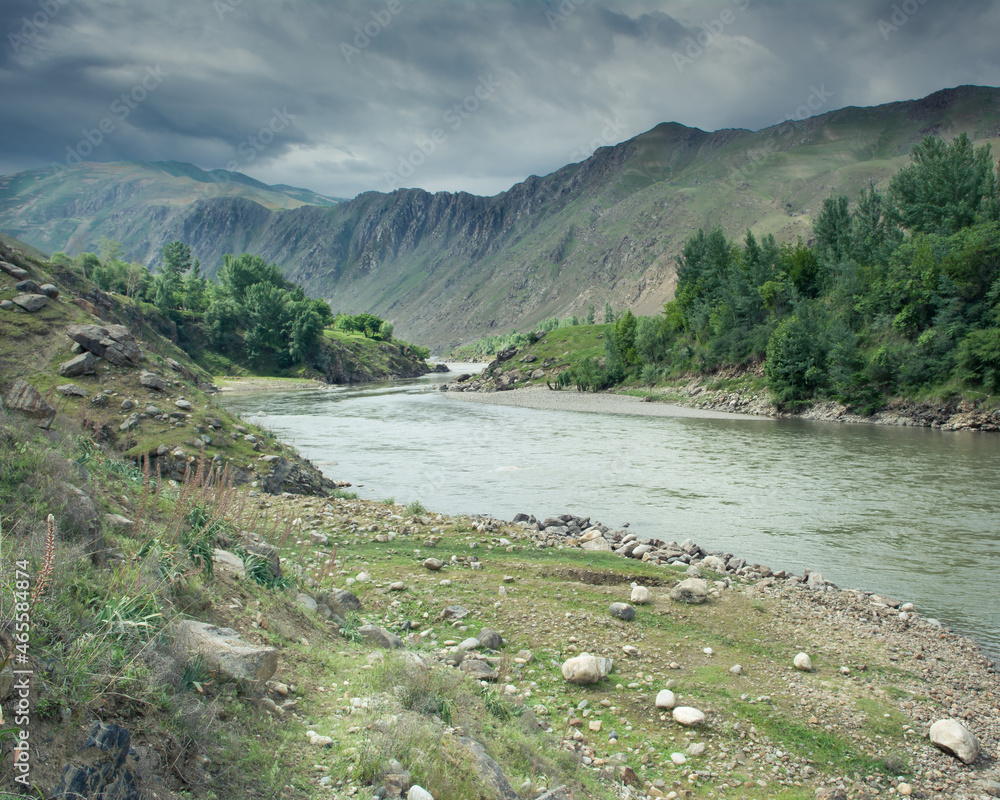While Kunduz has a rich historical background, due to ongoing conflicts, it currently does not have a well-developed tourism infrastructure. However, in more stable times, attractions might include local bazaars, the Kunduz River, and touring traditional Afghan rural life. Historical sites in the surrounding regions, such as the archaeological remains at Ai Khanoum, might also be of interest to tourists.

